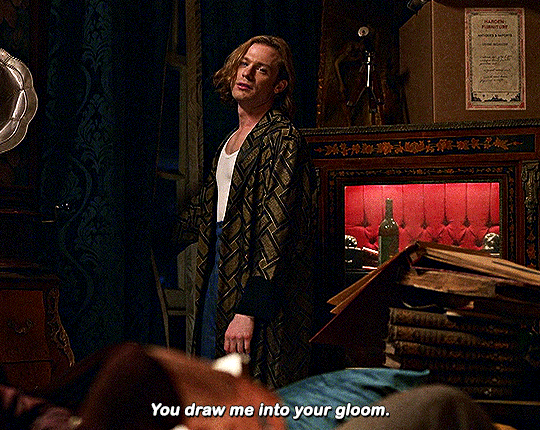HIST 397O Blog Assignmentcitations can be found under the "keep reading" tab of each post.
Last active 2 hours ago
Don't wanna be here? Send us removal request.
Text








For over a century, I have lived in secret. Hiding in the shadows. Alone in the world. Until now. I'm a vampire, and this is my story.
THE VAMPIRE DIARIES: SEASON 1 (2009)
655 notes
·
View notes
Text
8. The Vampire Diaries (TV Series, 2009-2017)




The TV series The Vampire Diaries (2009-2017), developed by Kevin Williamson and Julie Plec, offers a modern, drama-filled take on vampire myths. Set in the small town of Mystic Falls, the show follows Elena Gilbert as she navigates life among vampires, werewolves, and other supernatural creatures, with of course, the central element of a love triangle between two vampire brothers, Stefan and Damon Salvatore. (1).
This adaptation of the myth goes along with what we saw in the Twilight discussion. The vampiric characters are more similar to Edward Cullen; depicted as brooding, conflicted, and tragic figures. One key difference, however, lies in how the series approaches the theme of immortality. In Twilight, vampires like Edward view their eternal life as a curse, filled with loneliness and a moral struggle against their predatory nature. (2). The characters in The Vampire Diaries, however, often embrace their immortality, seeing it as both a burden and an opportunity to live intensely. This nuanced take makes this series more morally ambiguous, as vampires frequently shift between hero and villain roles. Both series do explore the “Otherness” of vampires, but while Twilight tends to focus on the vampires’ integration into human society, The Vampire Diaries leans into the conflict between the supernatural and the mundane, emphasizing the tension between their desire for a normal life and the inherent danger they pose. In terms of Cohen’s theses, we once again see a reflection of the idea that “The Monster is the Harbinger of Category Crisis” within The Vampire Diaries, because the line between human and monster is so blurred. (3). Characters like Stefan and Damon, who are both violent and protective, challenge that classic good versus evil binary that is so frequent in monster media.
Overall, The Vampire Diaries continues the modern trend of presenting vampires as these complex, multifaceted beings while exploring the inherent tension between love, immortality, and monstrosity, while still being a little darker than something like Twilight, but not as horrifying as something like Nosferatu or gory like Abigail, it creates a more conflicted take on vampire life.

The Vampire Diaries, developed by Kevin Williamson and Julie Plec (2009–2017; USA: The CW), Television Series.
Stephenie Meyer, Twilight (New York: Little, Brown, 2005).
Cohen, Monster Culture (Seven Theses). p. 45-46.
0 notes
Text







ALISHA WEIR as Abigail MELISSA BARERRA as Joey ABIGAIL (2024) dir. Matt Bettinelli-Olpin and Tyler Gillett
707 notes
·
View notes
Text
7. Bettinelli-Olpin and Gillett's Abigail (2024)




The 2024 film Abigail, directed by Matt Bettinelli-Olpin and Tyler Gillett, takes the vampire horror myth and mixes it with a type of dark comedy. The plot begins with a group of criminals who kidnap Abigail, a 12-year-old ballerina from a rich family, thinking they can hold her for ransom. Their plan quickly falls apart when they realize that Abigail is actually a vampire, and now they are the ones being held hostage. (1).
In classic folklore, as we have discussed time and time again, vampires are seen as representatives of danger and corruption. While Abigail does show this, because the child is clearly the primary threat throughout the film, it also flips the concept on its head by making the vampire look harmless; a sweet, innocent little girl, challenging what one would expect monsters to look like. This approach lines up once again with Cohen’s thesis that monsters often reflect contemporary societal and cultural fears. Abigail’s dual nature, looking innocent but being deadly, taps into fears about deception and hidden threats. (2).
The movie’s portrayal of Abigail also ties into Barbara Creed’s concept of the monstrous feminine, which explores how female monsters embody cultural fears related to both femininity and sexuality. When applied to Abigail and her innocent, childlike appearance in comparison with her predatory nature shows how the film weaponizes traditional ideas of girlhood to subvert expectations. (3). Even when she's killing people, and it is very graphic, she's incorporating ballet with graceful spins and leaps. Her monstrousness becomes even more unsettling because it challenges the trope of the innocent, passive girl. In this way, Abigail represents a threat not just because she’s a vampire, but because she blurs the line between innocence and danger, playing on fears of femininity as deceptive and unpredictable.
The film’s setting, a creepy, isolated mansion where the criminals are stuck with Abigail, totally nails the gothic atmosphere, really similar to Dracula’s castle. Her being trapped with these criminals shift to them being trapped with her, which, along with her character, gives the vampire myth an unpredictable twist, showing that cultural fears are always evolving.

Abigail, directed by Matt Bettinelli-Olpin and Tyler Gillett (2024; USA: Spyglass Media Group), Film.
Cohen, Monster Culture (Seven Theses). p. 44.
Creed, Horror and the Monstrous-Feminine (University of Minnesota Press, 1993). p. 221.
0 notes
Text


“Maybe you're not meant for me the way I'm meant for you, but I'm going to choose you anyway, over and over and over again.”
Ali Hazelwood, Bride
8 notes
·
View notes
Text
6. Ali Hazelwood's Bride (2024)




Ali Hazelwood’s Bride (2024) put a fresh spin on the whole vampire thing by mixing traditional folklore with modern themes of identity and acceptance. Instead of presenting vampires as creepy, dangerous outsiders, like Bram Stoker’s Dracula, where the Count is that ominous, foreign threat, Hazelwood’s vampires are more like complicated, relatable characters. (1). The story follows Misery Lark, a Vampyre who’s not just your stereotypical vampire, but someone navigating both political drama and personal growth. Jeffrey Jerome Cohen’s idea that monsters reflect cultural issues (“The Monster’s Body is a Cultural Body”) totally fits what’s happening in this novel. (2). Misery’s vampirism isn’t about being evil- it’s about balancing her supernatural identity with her place in human society in a world where monsters and humans live side-by-side. Instead of lurking in the shadows, she’s entering an arranged marriage with a werewolf leader, Lowe Moreland, to keep peace between their species and prove that vampires don’t always have to be the villains. (3).
Another one of Cohen’s ideas, “The Monster is the Harbinger of Category Crisis,” also plays out in Bride. Misery and Lowe’s relationship blurs the lines between predator and protector. They’re not just enemies or lovers, they’re a bit of both. The messiness is what makes their dynamic so interesting and challenges the usual “monsters are evil” trope from within their own relationship. At first, both are monsters to each other and through the book they learn more and more about their separate cultures and how their own biases against each other are almost always completely wrong. Plus, Misery’s struggle with her own dual identity, part human, part vampire, matches Cohen’s idea that monsters “dwell at the gates of difference”. (4). She’s stuck between two worlds, and how to belong is a big part of her journey.
Instead of presenting vampires as permanently stuck as the Other, Hazelwood’s story shows that they can change and find a place in society. Misery’s growth and her evolving partnership with Lowe prove that being a monster doesn’t mean being stuck on the metaphorical outside forever, which makes Bride a uniquely modern take that flips the script on what we’ve seen of the classic vampire tropes.


(An excerpt from Ali Hazelwood's Bride)

Stoker, Bram. Dracula. Garden City, N.Y.: Doubleday, Page & Co, 1920.
Cohen, Monster Culture (Seven Theses). p. 44.
Ali Hazelwood, Bride (New York: Berkley, 2024).
Cohen, Monster Culture (Seven Theses). p. 46-47.
0 notes
Text



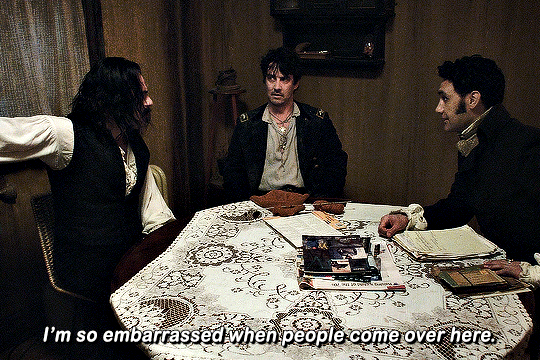
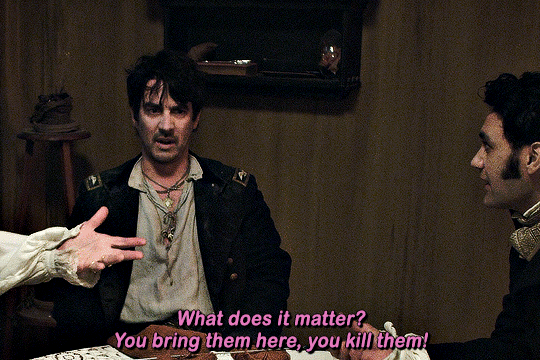

What We Do in the Shadows 2014 | dir. Taika Waititi, Jemaine Clement
1K notes
·
View notes
Text
5. What We Do in the Shadows (2014)




Taika Waititi and Jemaine Clement’s What We Do in the Shadows (2014), for me, is always the first piece of vampire media that comes to mind. I’m not entirely sure why, but my brother and I watched this almost every night for years. If I had to guess, I’d say its because of the satirical and comedic approach it takes as a “mockumentary” that contrasts so significantly from other traditional and more modern portrayals of vampirism. This movie humanizes vampires in a way thats less emotional than others like Twilight or Interview With the Vampire that focus on the heavy emotional toll it would take, instead making the characters socially awkward, really mundane, and even a little bit stupid.
Unlike traditional stories like Bram Stoker’s Dracula, What We Do in the Shadows highlights how funny it would be for vampires to try and integrate into modern society. The film’s main vampire characters, Viago, Vladislav, Deacon, and Petyr, all share an apartment in Wellington, New Zealand, where they argue about household chores and struggle with modern life and occasionally pick fun at the traditional vampire myth, saying things like “When you are a vampire, you become very sexy”. (1). Keeping this separation, the vampires in this movie are deeply flawed and often pathetic, by struggling to keep up with ever-changing social etiquette and slang, as well as keeping up with fashion trends. All of this directly challenges the romanticized and fearsome images of vampires seen in other pieces of media. This is also a twist on the idea of “Otherness” so present in vampire myths; showing an Other that is more familiar to real life. People who are cast out within human society are people who are different from the in-group in some way, as described in Cohen’s Monster Culture (Seven Theses) as often originating from culture, sexuality, race, or political or economic in nature. (2). Sometimes, though, that just means being a little awkward or “weird”. So instead of these vampires being Othered because of fear of any kind, they’re Othered the way real humans would be.

Taika Waititi and Jemaine Clement, What We Do in the Shadows (Los Angeles: Unison Films, 2014).
Cohen, Monster Culture (Seven Theses). p. 46-47.
0 notes
Text
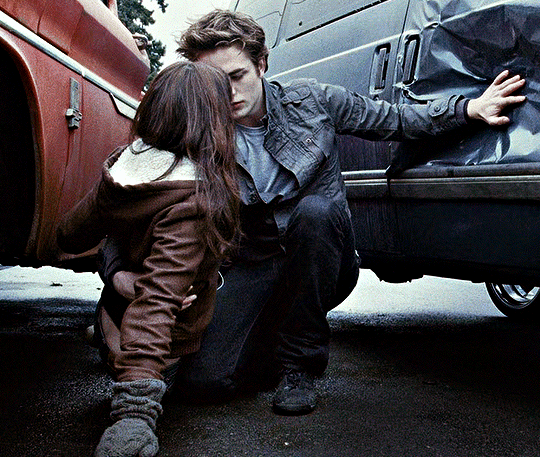
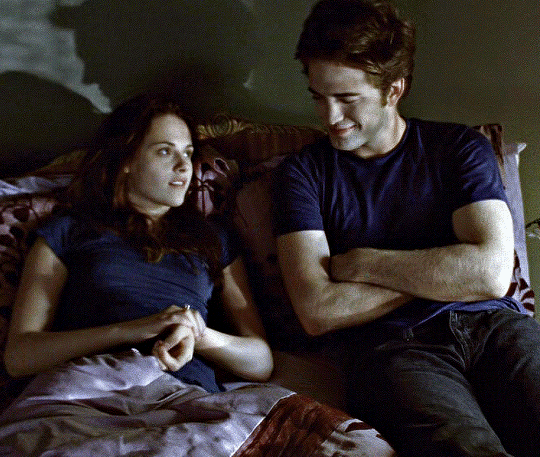
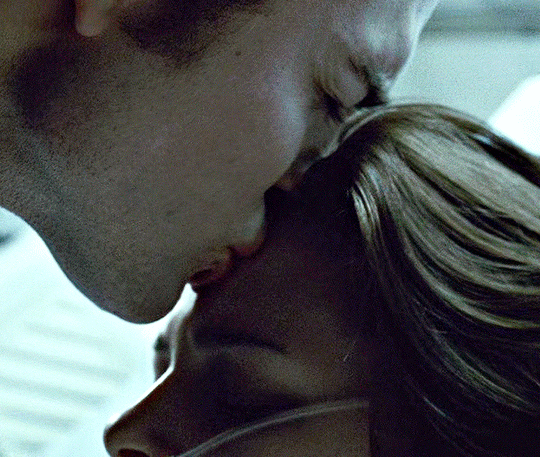
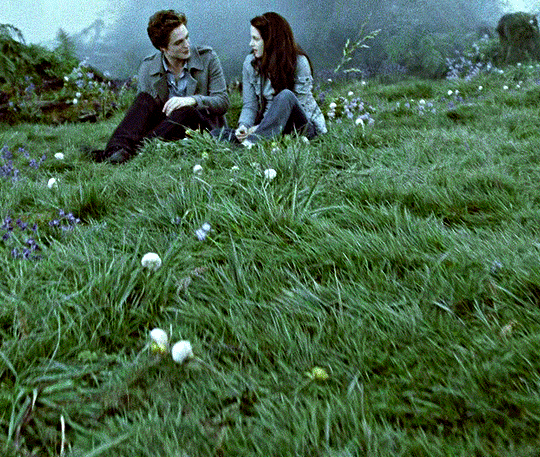

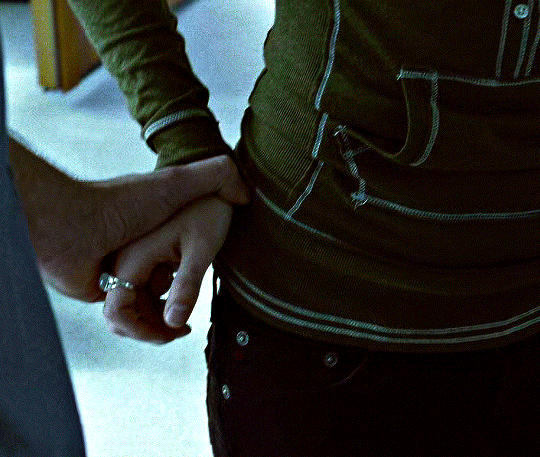
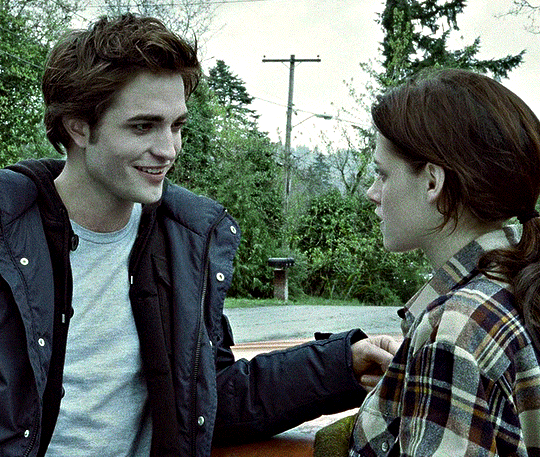
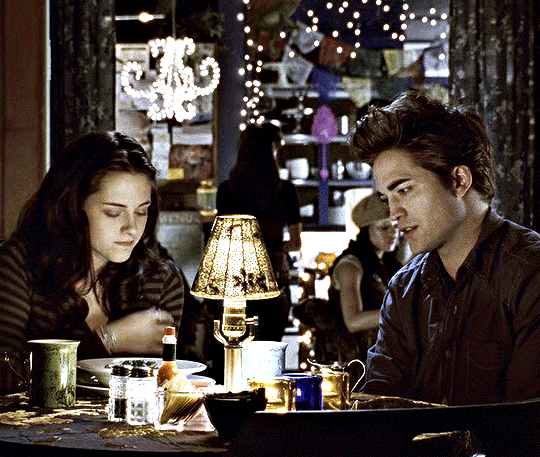
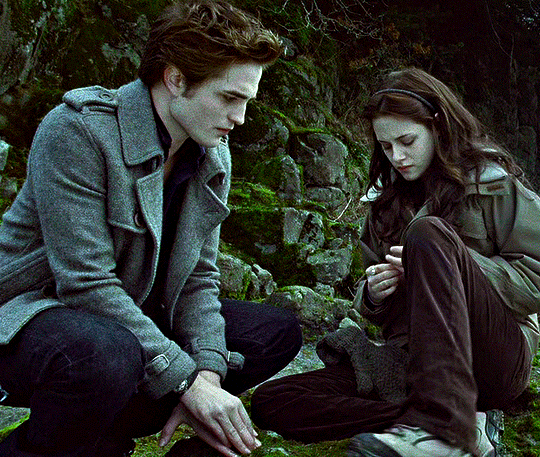
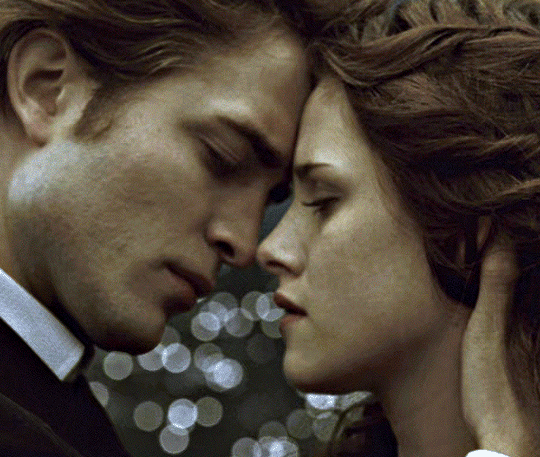

You're impossibly fast. And strong. Your skin is… pale white, and ice cold. Your eyes change color… and sometimes you speak like - like you're from a different time. You never eat or drink anything; you don't go into the sunlight. How old are you? Seventeen. How long have you been seventeen? …a while. I know what you are. Say it… out loud. Say it. Vampire.
BELLA SWAN & EDWARD CULLEN TWILIGHT │ 2008
5K notes
·
View notes
Text
4. Stephanie Meyer's Twilight (2005-2008)




Stephanie Meyer’s Twilight series is the first really notable modern and romanticized interpretation of vampirism that significantly varies from both traditional folklore and Gothic literary depictions. While historical vampires, as we’ve discussed, are often accompanied by the idea of death, disease, and moral corruption, Meyer’s vampires, particularly the Cullen family, are reimagined as beautiful, good beings to just want to coexist peacefully with the humans in Forks, Washington. This evolution in the portrayal of vampires reflects shifting cultural values, especially regarding morality, identity, and the nature of monstrosity- a line that has become more and more blurred over the last century.
Traditional vampire myths, such as those in Eastern Europe, emphasized the vampire’s role as a predator and a symbol of disease and death. Bram Stoker’s Dracula (1897), for example, features Count Dracula as a foreign, dangerous, predator driven by his thirst for blood, which reflected anxieties about sexuality, disease, and aristocratic corruption from the time. An interesting note is that the Cullens in Twilight are extremely rich, which fits into the stereotype of vampires we have seen time and time again, but they remain rather humble. They’re still participating members of society, and Carlisle, the patriarch of their coven, is actually a human doctor and is locally well-known, loved, and trusted. Also in contrast to Dracula, the main vampire character in Twilight, is depicted as a brooding, self-restrained romantic hero type. He tells Bella, “I don’t want to be a monster”, which shows his own internal struggle with his vampiric nature. (1). This is similar to sentiments reflected in Frankenstein; a self-aware creature who is aware of the struggle of their condition and would just really prefer to be normal. (2). Edward and his family’s “vegetarian” lifestyle (living off of animal blood) reflects their collective moral framework that is missing from earlier depictions. Rather than a source of horror, vampirism in this series becomes a metaphor for self-control, moral choices, and otherness within a human community.
Twilight maintains a tone in which it leans further into emotional drama over fear, showing both “good” and “bad” vampires in different lights. The audience gets a very human storyline for all of Edward’s family members throughout the series, giving flashbacks of what their life was like as a human before they were turned. Why Carlisle made the decision to turn and help them, giving each that tragic origin story that can be empathized with. The “bad” vampires, or the Volturi, are given much less time. Their lack of humanity makes them perceivable as monsters, which is very different from the Cullens, who value family, love, and discipline (as well as human life in general), which makes them enemies of the Volturi. Within the series, there is also a pack of werewolves who, for the early part of the series, are considered their enemies as well over a territory dispute. Even so, the pack is given a very similar treatment to the Cullens. They’re a family, with very human backstories and values. The implication of both of these conflicts is that a lack of humanity is what makes monsters, monsters. In the article Seeing (With, Through, and As) Monsters, the idea of a monster as a reflection of societal fears is a topic heavily discussed. When applied to the Twilight series, it is clear that the “suppressed fears and anxieties” that Meyer is reflecting with the creatures she includes is the very real human fear of losing one’s humanity. (3). While death is feared, immortality is often feared more- because time will strip you of your family and values. What makes the Cullens and the Blacks (werewolves) “good” monsters is their presence and connection to and with humanity.

Stephenie Meyer, Twilight (New York: Little, Brown and Company, 2005), 187.
Shelley, Mary. Frankenstein; or, The Modern Prometheus. 1818. Edited by Marilyn Butler. Oxford: Oxford University Press, 2008.
Beyer et al., Seeing (With, Though, and As) Monsters. p. 13.
0 notes
Text

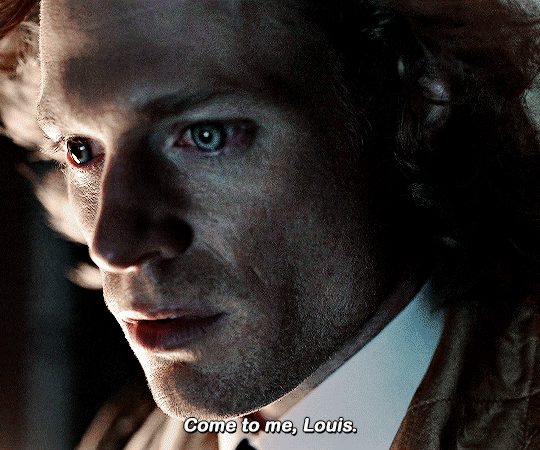

Keep your heart to yourself, give your soul to the night… Come to me when you're lonely… Come to me when you need something new… — Fright Night (1985), Come to Me
BRAM STOKER'S DRACULA (1992) INTERVIEW WITH THE VAMPIRE (2022—) NOSFERATU (2024)
16K notes
·
View notes
Text
3. Anne Rice's Interview with the Vampire




Anne Rice’s Interview with the Vampire (1976) redefines the vampire myth, transforming the monstrous creatures of folklore and pieces like Nosferatu and Dracula, into deeply human and tragic figures. While Bram Stoker’s Dracula maintained a shred of humanity in a way that Nosferatu strayed from, Interview with the Vampire completely flips this idea on it’s head, making the vampire characters sympathetic rather than using their lingering humanity as a fearful tactic of manipulation. Rice’s vampires, particularly Louis de Pointe du Lac, struggle with their morality and existential despair, introducing a more philosophical and psychological approach to vampirism- one the average consumer is more accustomed to today.
Historically, vampires have been portrayed as predatory figures associated with death, disease, and sin. Folklore has been instrumental in shaping Gothic literature, as seen in Bram Stoker’s Dracula (1897), which we have discussed before, in which Count Dracula embodies the cultural fears of sexual deviance as well as aristocratic corruption. Rice’s vampires, though, keep that element of aristocratic elegance while separating from traditional horror. Louis, the protagonist of Interview with the Vampire, is burdened by guilt over his need to kill. He states, “Evil is always possible. And goodness is eternally difficult”, which proves his internal conflict over it as well as ring in the minds of readers as relatable. (1.) Unlike Dracula or Count Orlok, who almost revel in their predatory nature, Louis questions the morality of his existence, making him easily a more sympathetic character. Lestat de Lioncourt, on the other hand, embraces his vampirism and embodies the traditional predator. Even so, Lestat is not just a monster; he’s charming and witty, demonstrating very human traits rather than pure evil.
Rice’s novel also twists historical gender norms surrounding vampires. While earlier depictions often framed female vampires as these hypersexualized temptresses, Interview with the Vampire presents a different version through Claudia, a child vampire who is trapped eternally in the body of a child. Her existence challenges conventional ideas of growth and self-identity for the sake of bringing the idea of the psychological effects of vampirism beyond physical horror into discussion. In the article Seeing (With, Though, and As) Monsters, the author makes an excellent point to sum all of these points up, writing “...what counts as human are not only challenged by the monstrosity of the other, but also by the slow humanization of the allegedly non-human opponent and by a gradual adaptation of human actors to non-human conditions”. (2.)
Through existentialism, ethics, and complex thought and emotions, Interview with the Vampire restructures how vampirism was viewed rather than leaning into simple monstrosity. Instead of instilling fear, Anne Rice makes us ask the question “What if I were the vampire?”, which I think was a cultural shift within the horror space, and makes the idea of a vampire a reflection of human struggle- making them more relatable and deeply tragic in nature.

Rice, Interview with the Vampire, 1976. p. 331.
Beyer et al., Seeing (With, Though, and As) Monsters. p. 18.
0 notes
Text

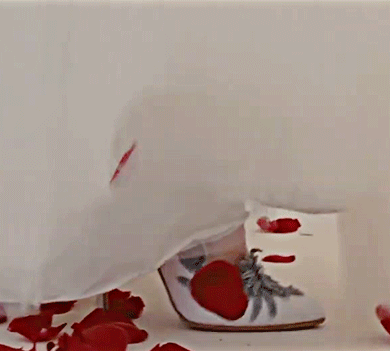
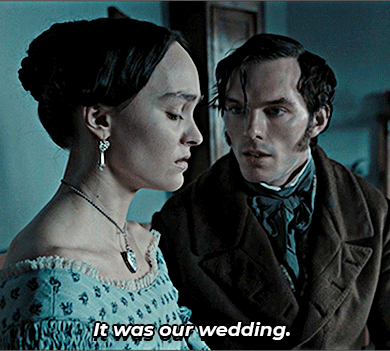
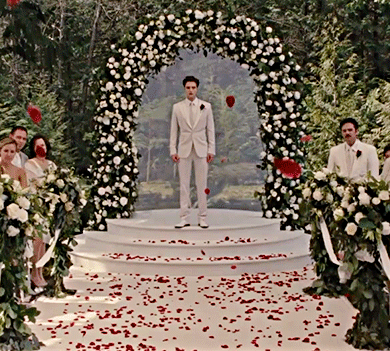


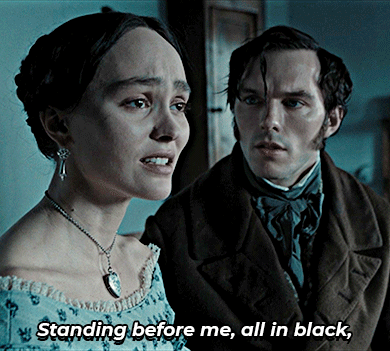
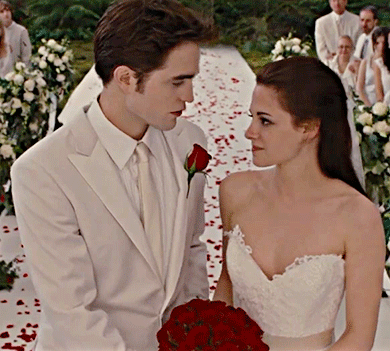
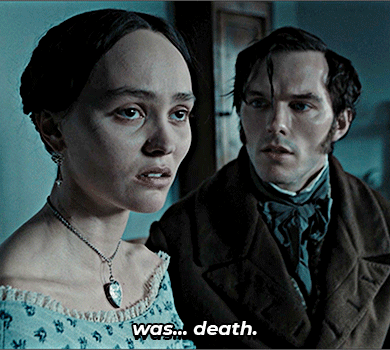
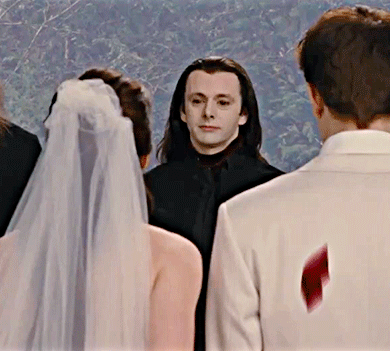




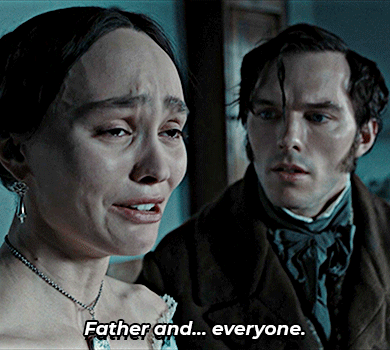
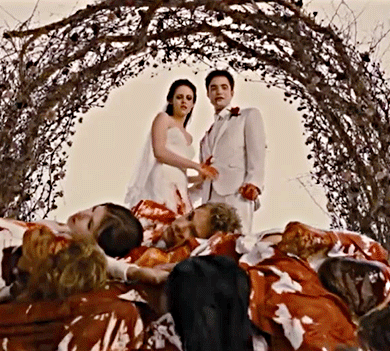

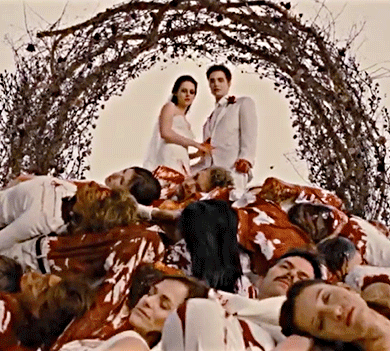
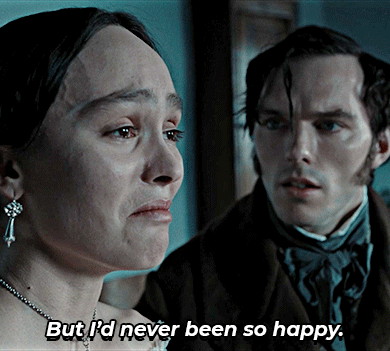

NOSFERATU (2024) dir. Robert Eggers The Twilight Saga: Breaking Dawn - Part 1 (2011) dir. Bill Condon
20K notes
·
View notes
Text

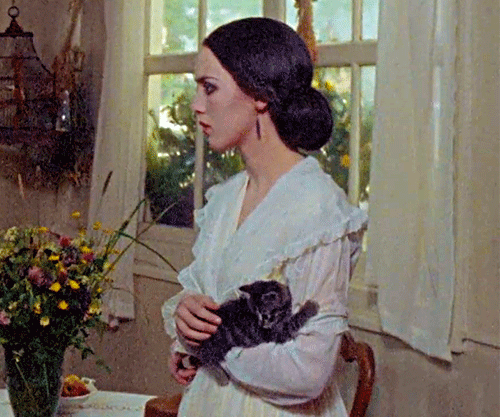

NOSFERATU: A SYMPHONY OF HORROR (1922) dir. F. W. Murnau NOSFERATU THE VAMPYRE (1979) dir. Werner Herzog NOSFERATU (2024) dir. Robert Eggers
19K notes
·
View notes
Text
2. Nosferatu & its adaptations




F.W. Murnau’s Nosferatu (1922) remains one of the most iconic and influential vampire films in history, despite it being an unauthorized adaptation of Bram Stoker’s Dracula. Its distinct portrayal of Count Orlok, played by Max Schrek, presents a version of the vampire that strays significantly from the original Dracula- who was almost charming and very normal appearing to unsuspecting characters as well as the audience. Since its original release in 1922, Nosferatu has been recreated several times- including Werner Herzog’s Nosferatu the Vampyre (1979) and the meta-style horror Shadow of the Vampire (2000), which portrays the actor Schreck as being a real vampire himself during the filming of Murnau’s original film. While preserving the monstrous nature of Count Orlok’s character, the reinterpretations that have taken place over the last century reflect changing cultural fears.
Unlike Stoker’s Dracula, who seems to give off a dark mysterious kind of aura and dangerous charm, Count Orlok is a rat-like figure who is definitely more gross to look at, reinforcing the vampire’s connection to death and disease instead of seduction that is still incredibly common. His bad posture, long, spindly fingers, and shadowy movements make him more of a boogeyman than a manipulative predator. This portrayal strips the vampire of any remaining humanity, emphasizing his monstrosity in a way that Stoker’s Dracula only hints at. “Your wife has a lovely neck…” Orlok whispers (grossly) in a scene of the film, an iconic quote that effectively signifies his predatory nature; led by hunger rather than the charm Dracula shows. (1).
The significance of Nosferatu’s alternative portrayal lies in its challenge to the traditional gothic horror archetypes. While Dracula engages in a battle of intellect and seduction, Orlok represents something more primal and unknowable- death itself. “You cannot escape your fate,” the film’s narration warns the viewer, which is a haunting thought for most- but downright chilling in the context of the film. (2.) It speaks to the supernatural nature of Orlok’s character, leaning into the timeless human fascination and fear of the uncanny or inhuman. I would also argue that this story embodies both the ideas of the monstrous masculine through Orlok’s dark, predatory nature (a twist on the hunter/gatherer roles where man is traditionally predatory, but this time the prey is who he should objectively be caring for,) and the monstrous feminine (Ellen’s seizures/fits and almost perversely portrayed desire), through Count Orlok and Ellen Hutter and the odd, supernatural and inherently sexual relationship they develop over the course of the film. (3.) Ellen’s desire for death is what draws her to Count Orlok in a twisted way, therefore both sexualizing and reinforcing Orlok’s symbolism as death incarnate.

(Ellen Hutter during one of her fits, Nosferatu, 2024.)
By stepping back from the sophistication in Dracula, Nosferatu paints a haunting alternative to what a vampire looks like. Its remakes continue to explore this primal sort of horror, proving that Orlok’s unsettling energy still has the power to chill modern audiences in a way that successfully competes with more romanticized vampire stories that are more common today. (Still, from what I have seen online, the film is still very heavily romanticized. Interesting...)

F.W Murnau, Nosferatu, 1922.
Ibid.
In-class discussions, March 6th.
0 notes
